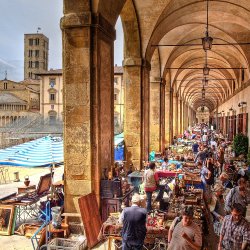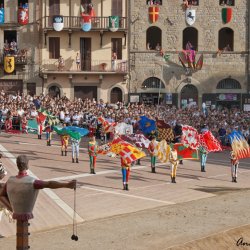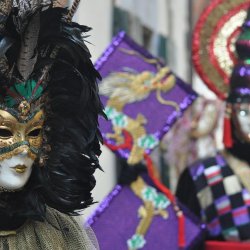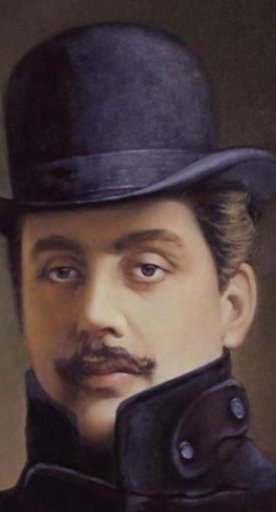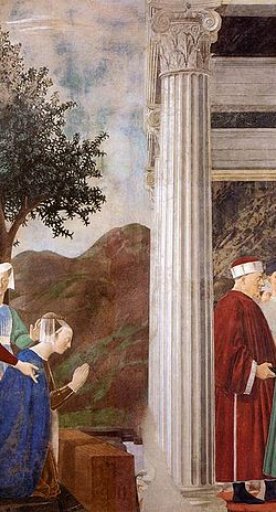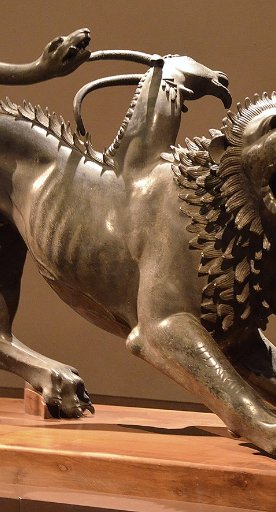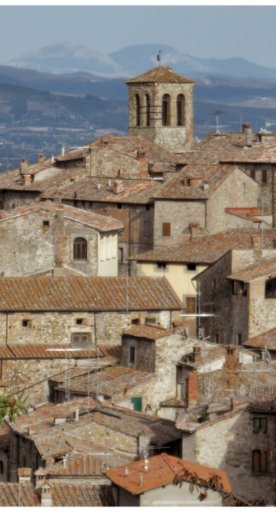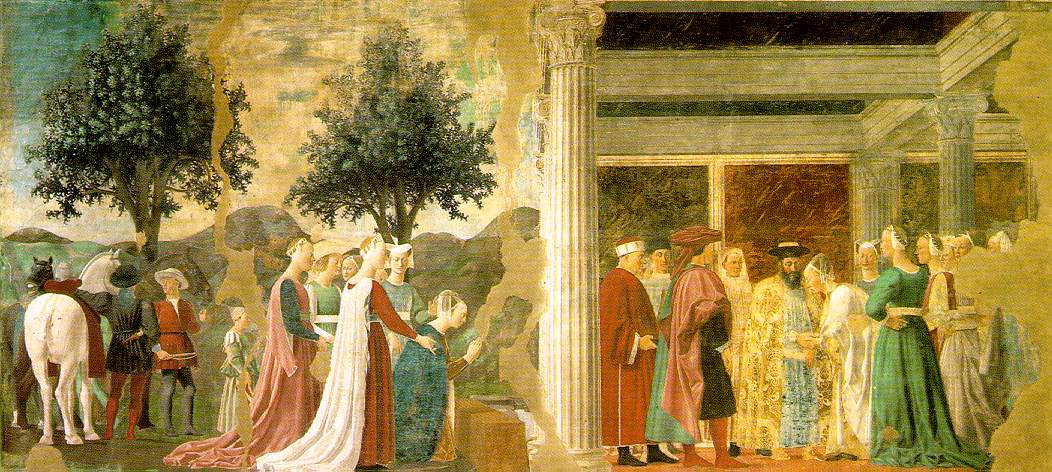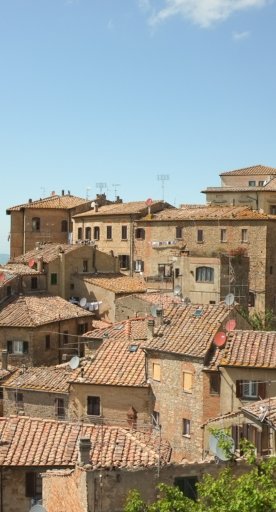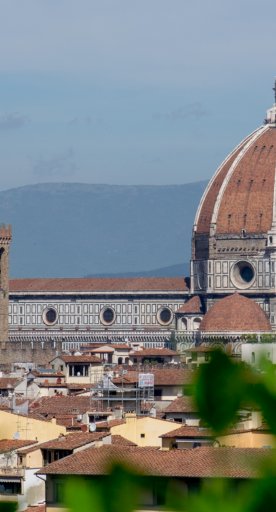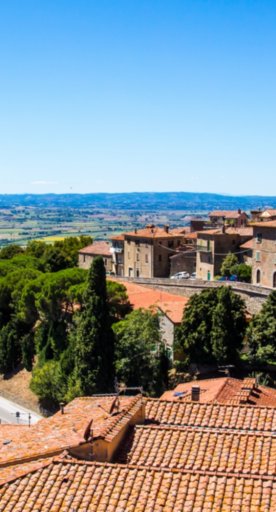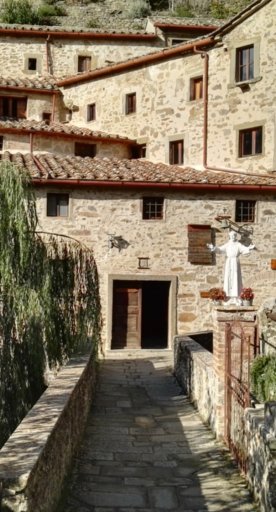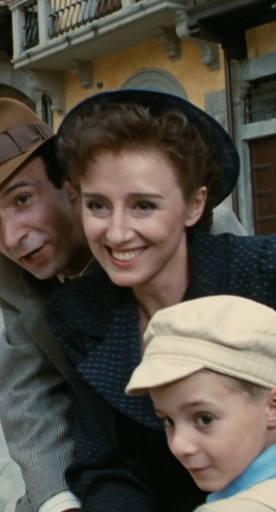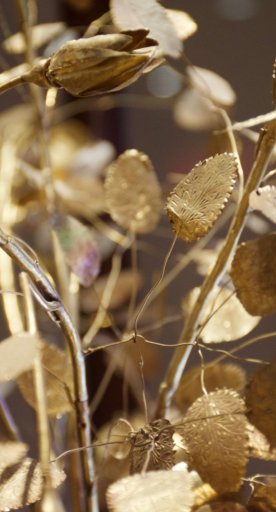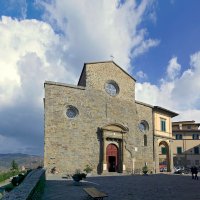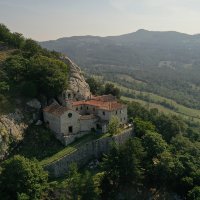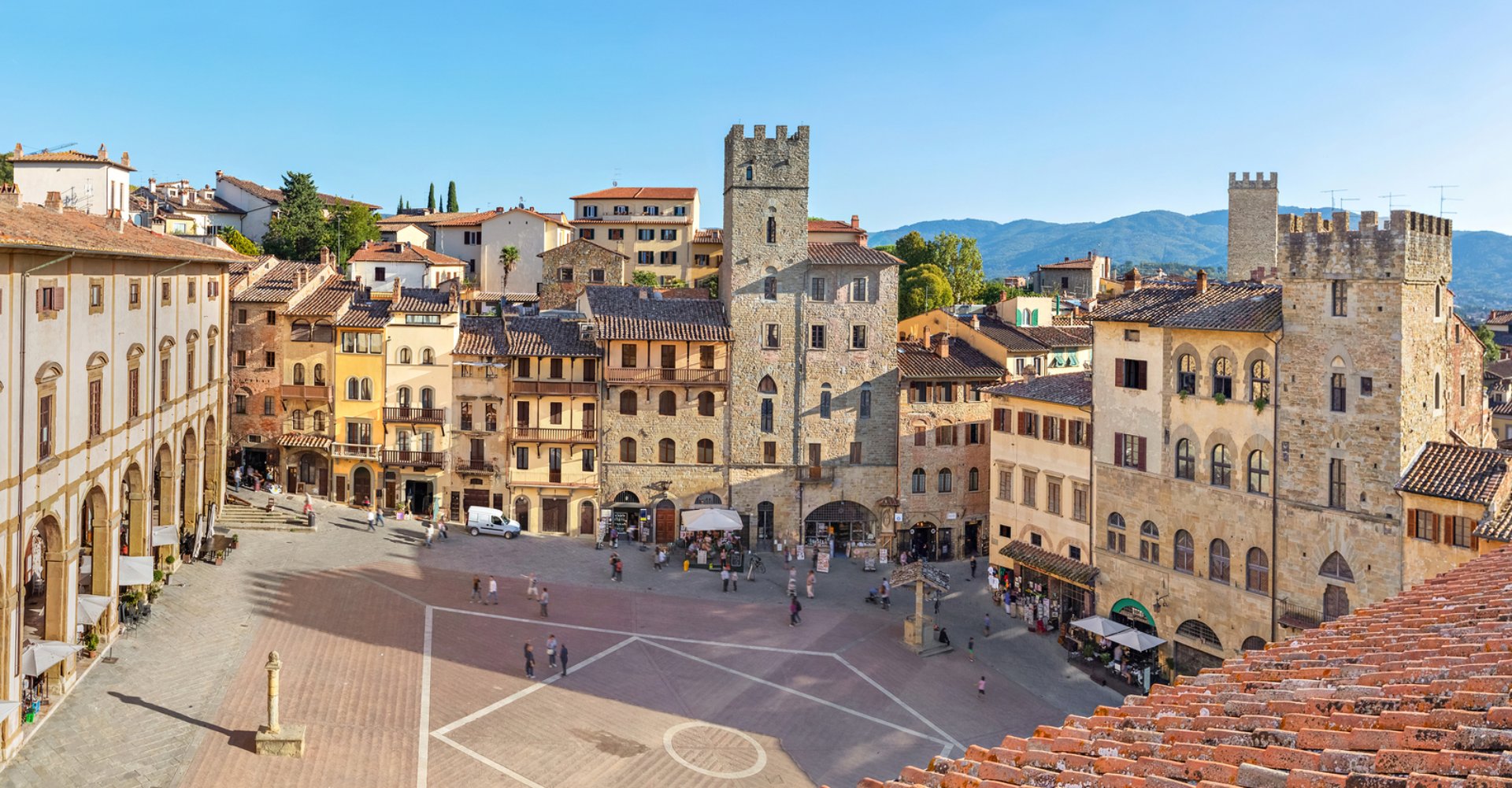

Accessible Arezzo: here are the museums without barriers
A guide to learn about all accessible museums
Arezzo, with its charming and elegant historic town center, is a city that has managed to maintain its traditional and historic flavor over time.
Although much of the medieval city was destroyed during World War II, the center of Arezzo still preserves splendid monuments, churches, palaces and museums.
Here is a list of museums and places of worship equipped with facilitated itineraries.
All marked facilities are accessible to visitors in wheelchairs or with mobility problems.
-
1.National Archaeological Museum Gaius Cilnius Maecenas
-
2.National Museum of Medieval and Modern Art
-
3.Vasari House Museum
-
4.Diocesan Museum of Sacred Art
-
5.Museum of the Means of Communication - MUMEC
-
6.The Basilica of St. Francis and the Bacci Chapel
-
7.Church of San Domenico
National Archaeological Museum Gaius Cilnius Maecenas
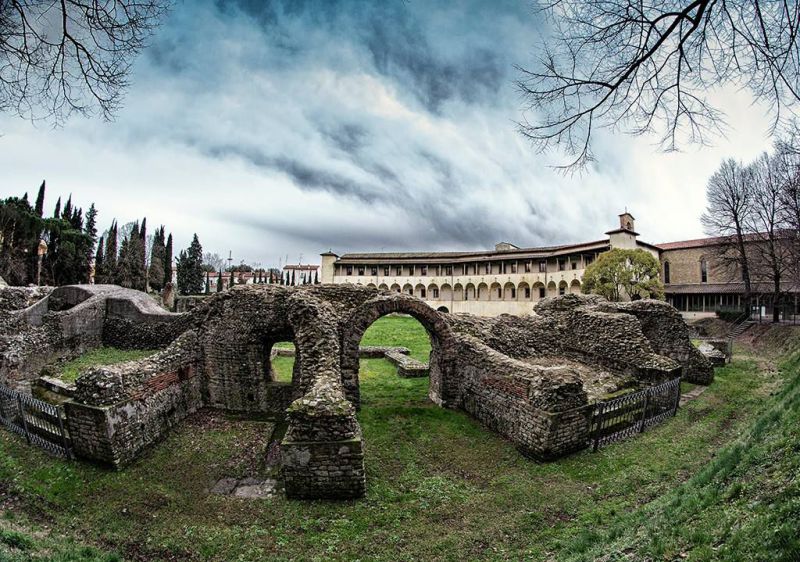
The National Archaeological Museum Gaius Cilnius Maecenas is located in the former monastery of St. Bernard, which stands on the remains of the Roman amphitheater from the mid-2nd century A.D., the vaults of which are visible on the ground floor.
The museum is named after Maecenas, the figure from Arezzo who lived at the time of the Emperor Augustus and was famous as a protector of artists, and is divided into 26 rooms where Paleolithic, Neolithic, Etruscan (coins, bronzes, mosaics) and Roman artifacts are preserved. There is an interesting collection of coral vases produced in Roman times in Arezzo and a collection of "aes grave" Roman coins.
The museum is equipped with a special stairlift, elevator and a bathroom for people with disabilities on the ground floor. Access to the archaeological area of the amphitheater is provided from Via Crispi’s side, upon request.
National Museum of Medieval and Modern Art
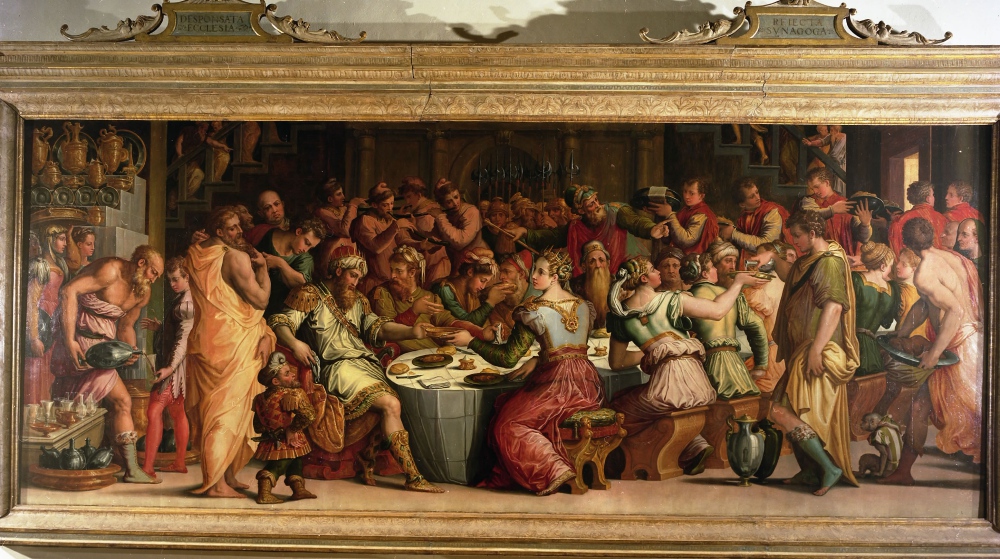
The National Museum of Medieval and Modern Art is located inside Palazzo Bruni-Ciocchi or Palazzo della Dogana, one of the most important Renaissance buildings in the city.
The museum has been formed through a centuries-long history, thanks to the fusion of art collections of different origin and nature, the result of the cultural and artistic interests of Arezzo's collectors, scholars and artists and the activities of major civic institutions.
The two main nuclei of the museum consist of the collection that belonged to the Fraternita dei Laici, a pious Arezzo institution founded in 1262, and that of the Municipality of Arezzo.
It houses works of Arezzo sculpture and painting from the 13th to 16th centuries by Giorgio Vasari, Margaritone, Spinello Aretino, Parri di Spinello, Bartolomeo della Gatta, Luca Signorelli, Guido da Siena and Lorentino d'Andrea.
There are also important majolica, glassware, coins, ivories, weapons and bronzes.
Vasari House Museum
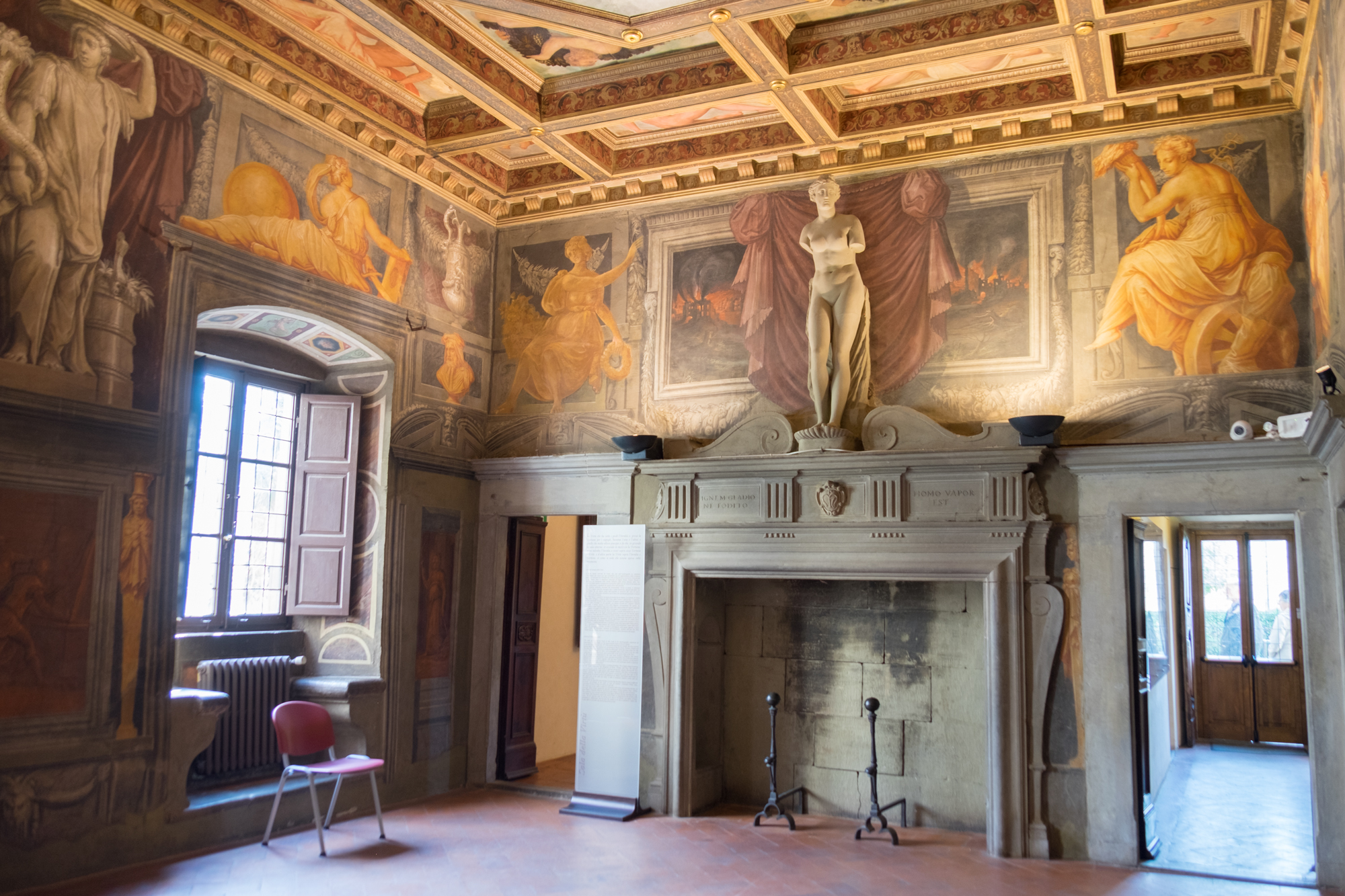
The Vasari House Museum is dedicated to the painter, architect and sculptor Giorgio Vasari who was born precisely in Arezzo in 1511.
Vasari bought the building and personally oversaw its renovation and decoration between 1542 and 1548.
The visit acquaints visitors with one of the few preserved examples of a late Renaissance artist's house, structured on three floors and equipped with a vertical garden.
The rooms display more than fifty paintings from the storerooms of the Florentine Galleries (Gallerie fiorentine), documenting the work of some of the artists trained in the Vasari school and the environment in which the painter lived and worked.
Diocesan Museum of Sacred Art
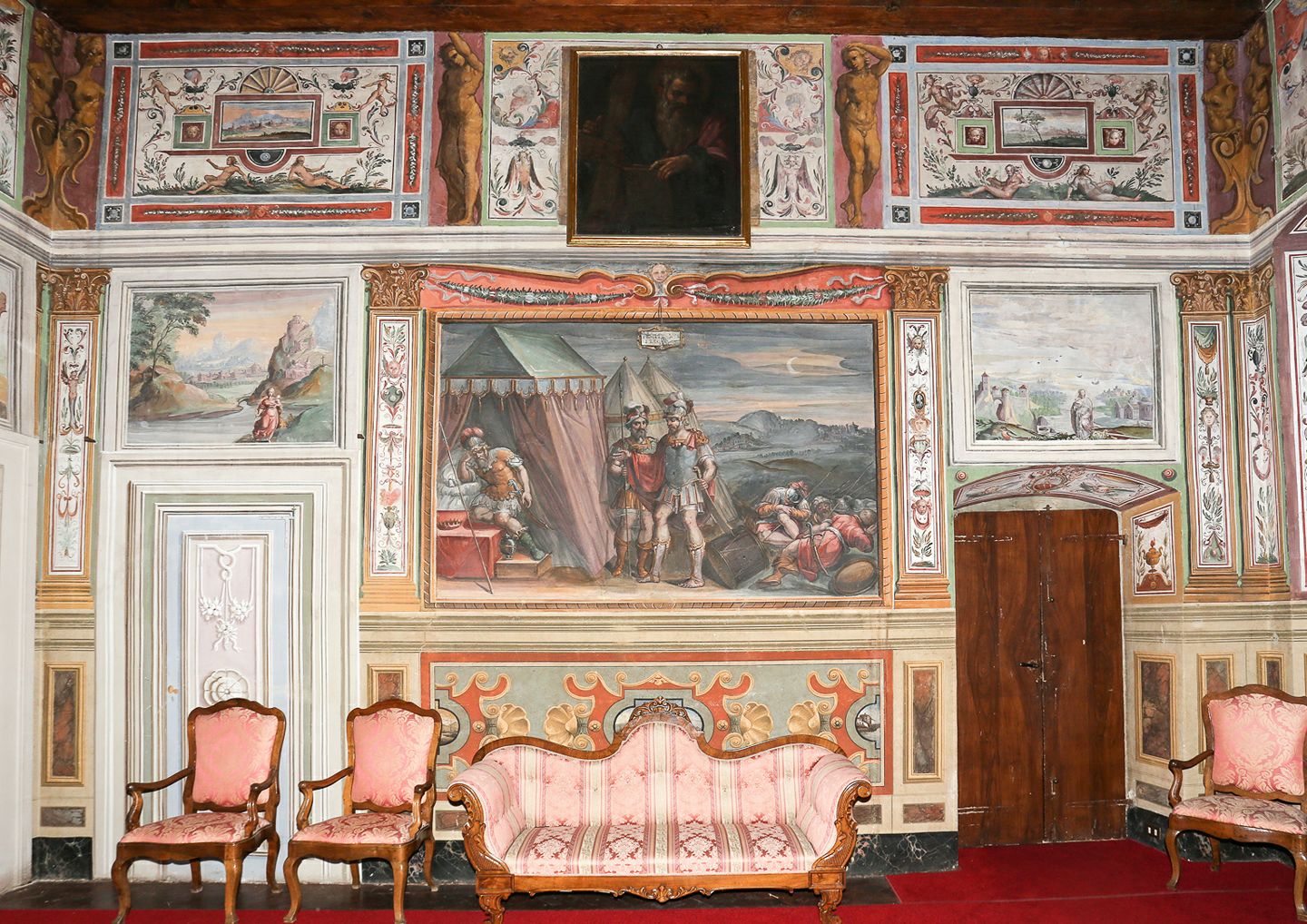
The Mudas - Diocesan Museum of Sacred Art is housed inside the Bishop's Palace (Palazzo Vescovile) and preserves artistic evidence from the diocese of Arezzo, the cathedral and other churches in the area.
The rooms house paintings from the 15th to the 19th century and among the treasures on display is the extraordinary collection of precious goldsmithing and sacred vestments, including the famous Peace of Siena (Pace di Siena).
Three of the works on display are the large 13th-century wooden crucifixes, the panel with the Annunciation by Andrea di Nerio, detached frescoes by Spinello Aretino, two paintings by Bartolomeo della Gatta, and several works by Giorgio Vasari, including two canvases depicting the Preaching of the Baptist and the Baptism of Jesus.
Museum of the Means of Communication - MUMEC
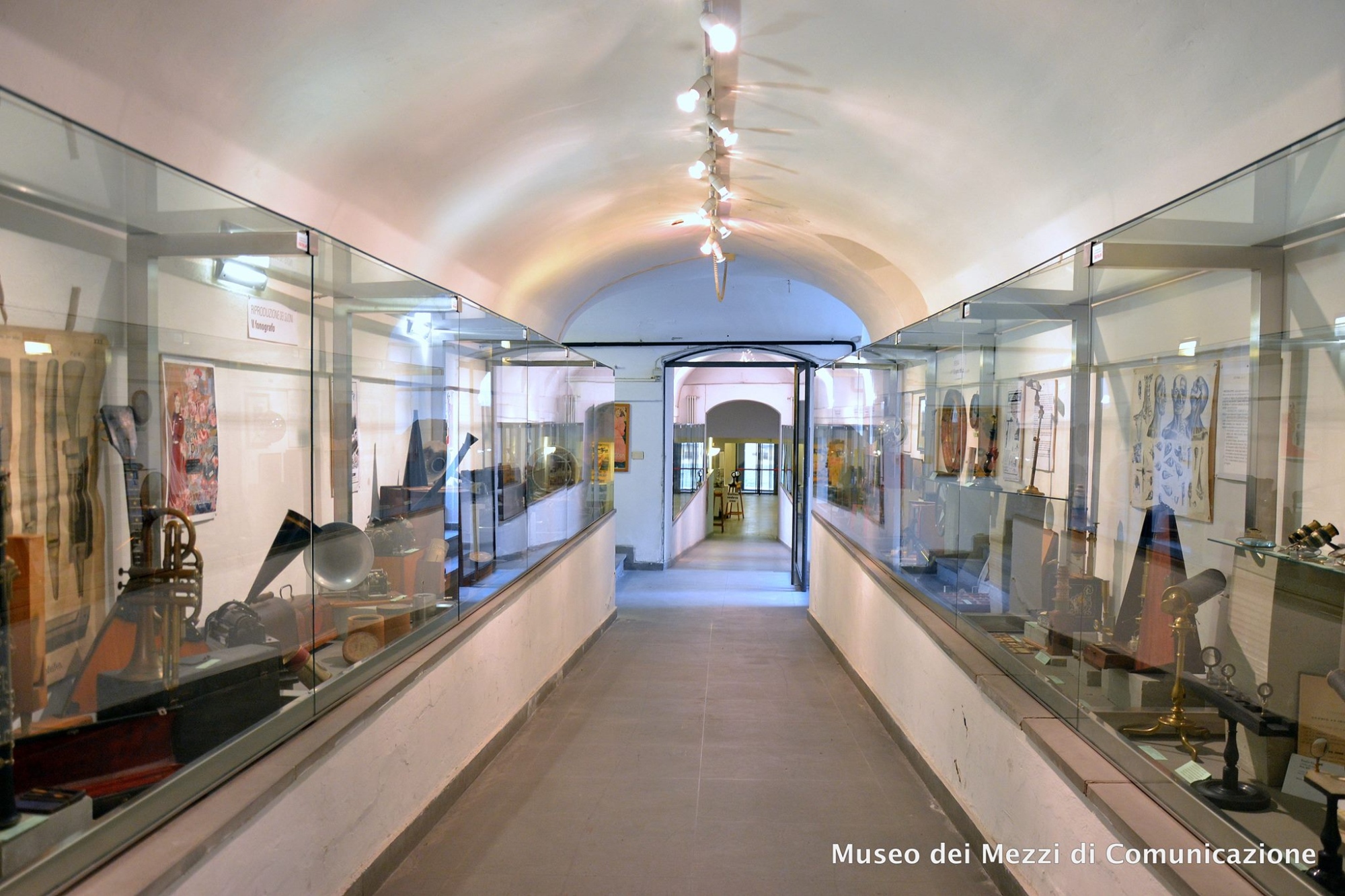
The Museum of the Means of Communication is located inside the Municipal Palace. The exhibit shows the evolution of communication systems up to the present day.
Following the themes of writing, sound, and image, one can discover objects that have great historical and social value; among the many testimonies, microphones of all sorts, headphones, as well as record players, gramophones, telephones, telegraphs, and a curious reproduction of the Titanic's communication booth.
The museum is partially accessible, and guided tours for the visually impaired and blind are available by reservation in the "Touching with Hand" route, which will be specially created from time to time depending on the topics of interest.
The Basilica of St. Francis and the Bacci Chapel
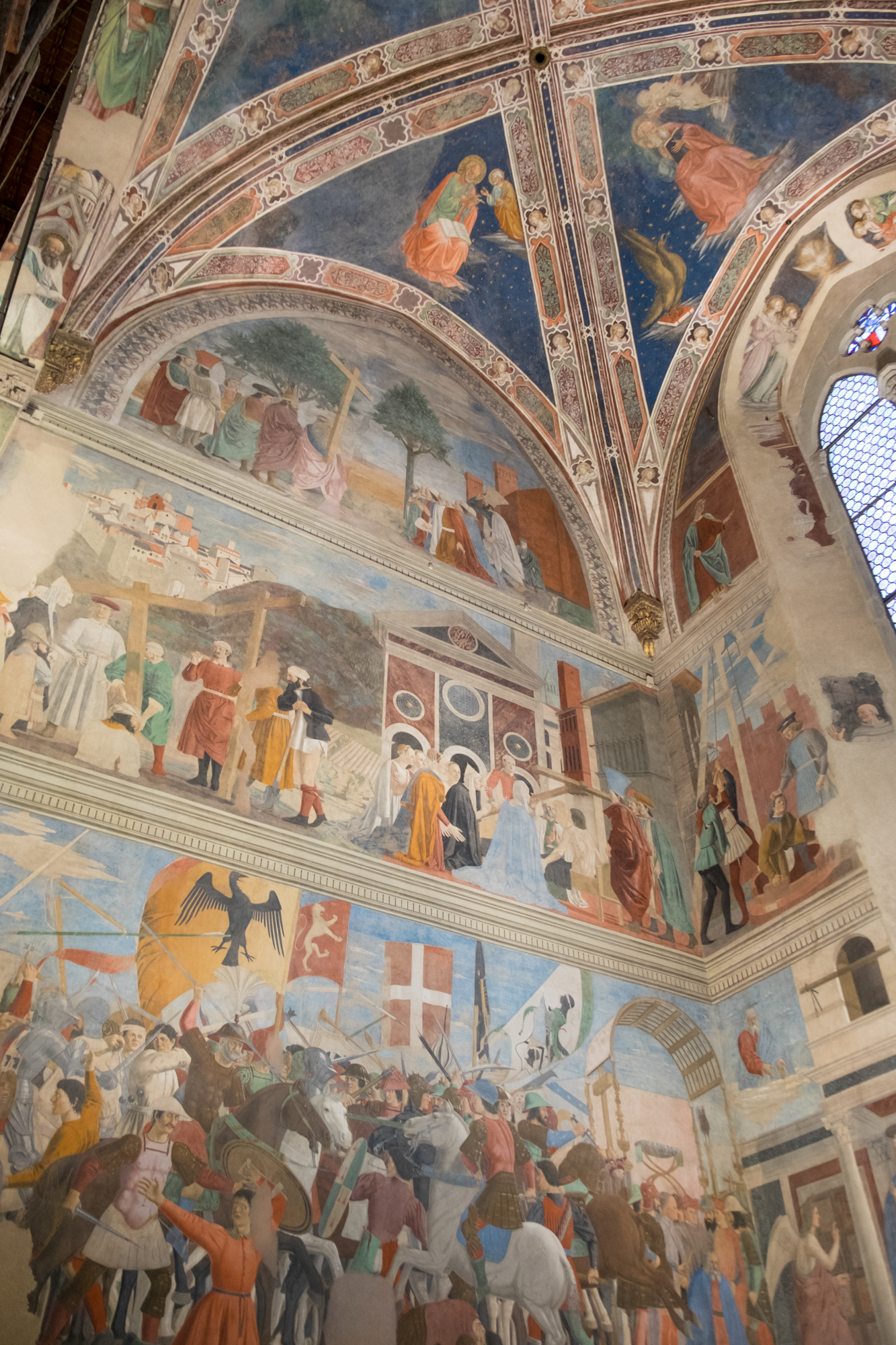
The Basilica of St. Francis is one of the oldest and most splendid churches in Arezzo: a 13th-century Gothic building, redone, however, in the 14th century and inspired in its simplicity by Franciscan aesthetics.
Except for the lower part of the facade, which is made of travertine blocks, the entire building is made of brick burnished by time.
The main chapel of the Basilica of St. Francis is owed to the patronage of the Bacci, a powerful family of the city of Arezzo. The frescoes were begun in 1447 by Bicci di Lorenzo, who executed the four evangelists in the vault, the two doctors of the church and the Last Judgment on the outer front of the triumphal arch. On his death, he was replaced by Piero della Francesca: his splendid frescoes depict the fifteen scenes of the Legend of the True Cross and were completed in 1466.
The Bacci Chapel is fully accessible (there are no toilets), but can only be visited by appointment.
Church of San Domenico
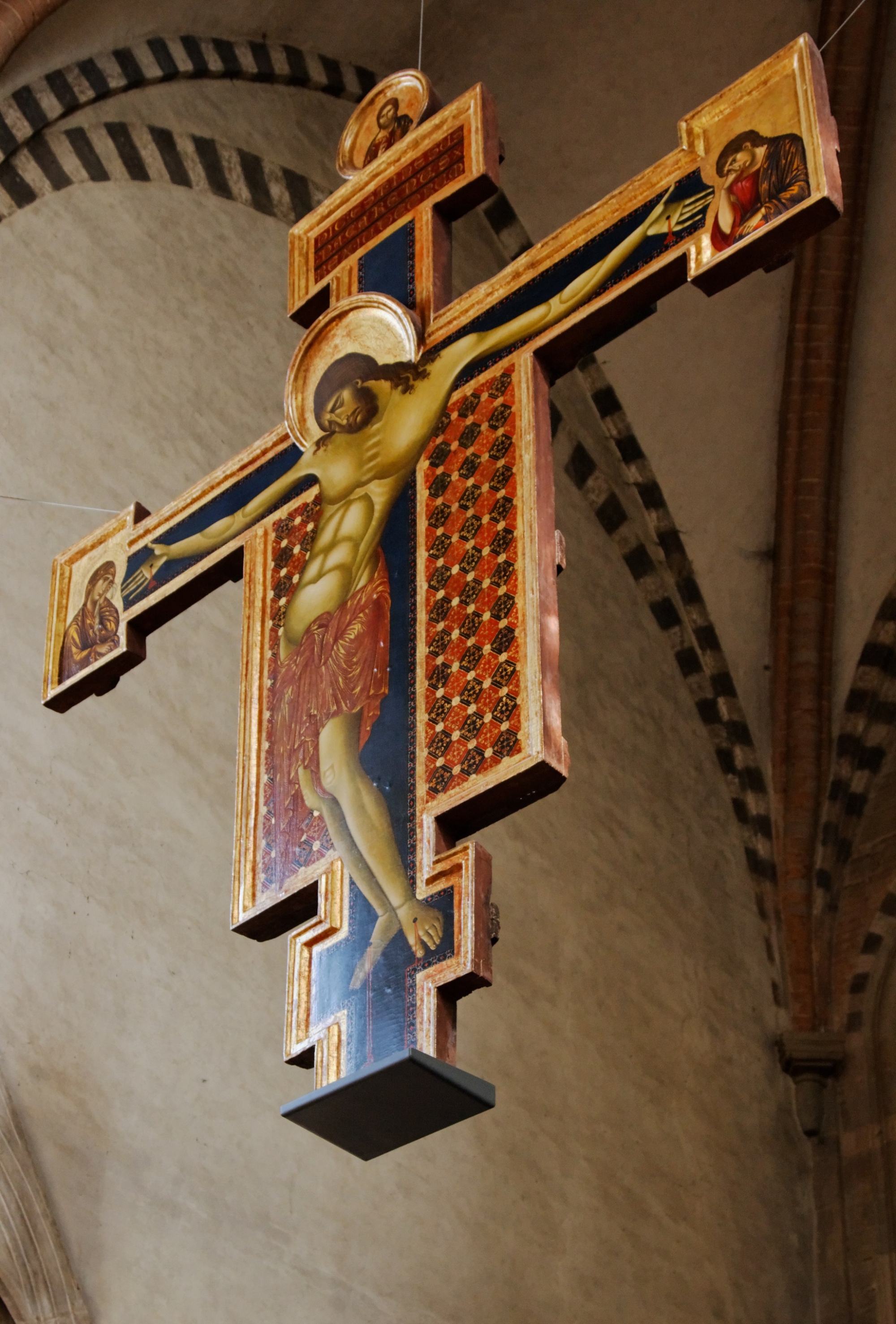
The Church of San Domenico dates from between the 13th and 14th centuries and is known for having hosted, still unfinished, the first conclave in history, in 1276.
Thanks to the many works it contains, the church is a small treasure chest. Medieval and Renaissance artwork can be found here, including numerous frescoes and a glazed terracotta of the Della Robbia school.
The most important work, however, is Cimabue's wooden Crucifix, made of gold and tempera on panel; the Crucifix is about 340x270 cm in size and towers imposingly above the altar.
